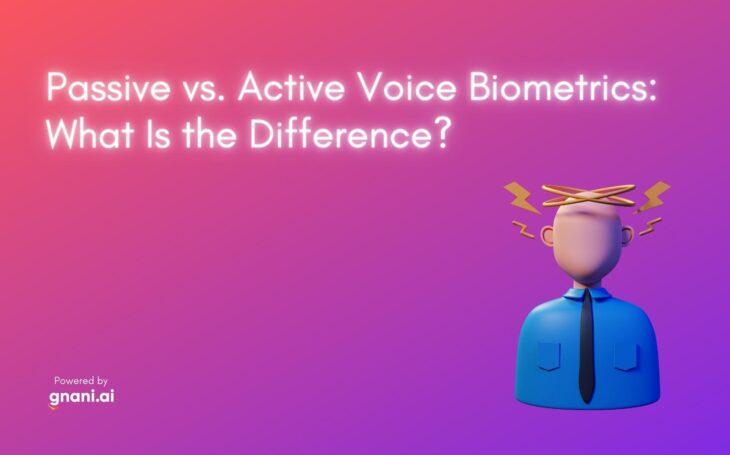
Active voice biometrics is more accurate than passive voice biometrics, but both have their benefits and drawbacks. Passive voice biometrics relies on the user’s vocal cords vibrating to create a unique pattern, which is then matched against a database of known patterns. Active voice biometrics, on the other hand, requires the user to speak into a microphone, which picks up subtle changes in the tone and pitch of their voice. This information is then used to create a unique “voice print” that can be matched against a database.
There are pros and cons to each approach. Passive voice biometrics is less intrusive and doesn’t require the user to do anything other than sitting or standing in front of the sensor. Active voice biometrics is more accurate, but it can be more difficult to use in noisy environments. Ultimately, the choice of which approach to use depends on the specific application and the needs of the user.
Pros:
- Passive voice biometrics is less intrusive and doesn’t require the user to do anything other than sitting or standing in front of the sensor.
- Active voice biometrics is more accurate.
- Active voice biometrics can be used in noisy environments.
- Passive voice biometrics doesn’t require a microphone, which can be difficult to use in some environments.
- Active voice biometrics can be used to create a unique “voice print” that can be matched against a database.
Cons:
- Passive voice biometrics is less accurate than active voice biometrics.
- Passive voice biometrics can be more difficult to use in some environments.
- Active voice biometrics requires the user to speak into a microphone, which can be intrusive.
- Active voice biometrics can be more difficult to use in noisy environments.
- Active voice biometrics can be more expensive than passive voice biometrics.
Both passive and active voice biometrics have their pros and cons, but ultimately the choice of which to use depends on the specific application and the needs of the user. Active voice biometrics is more accurate, but it can be more difficult to use in some environments. Passive voice biometrics is less accurate, but it doesn’t require the user to do anything other than sitting or standing in front of the sensor. Ultimately, the decision of which approach to use will come down to a balance of these factors.
What other Pros and Cons can you think of? Let me know in the comments!




